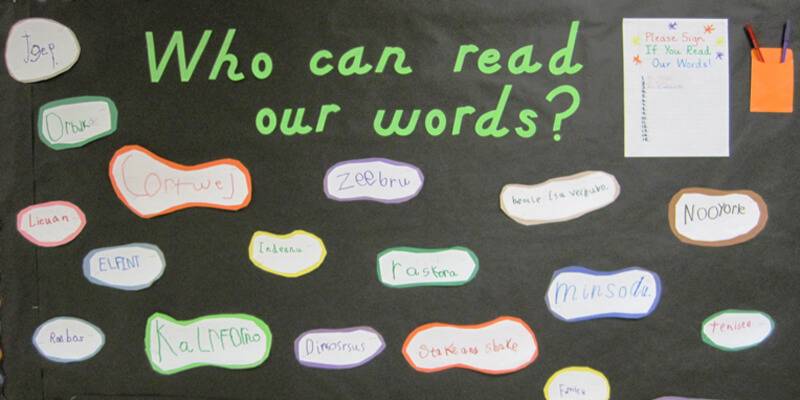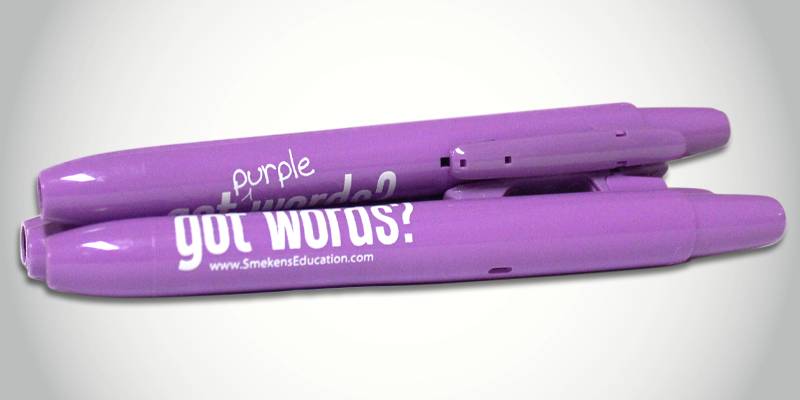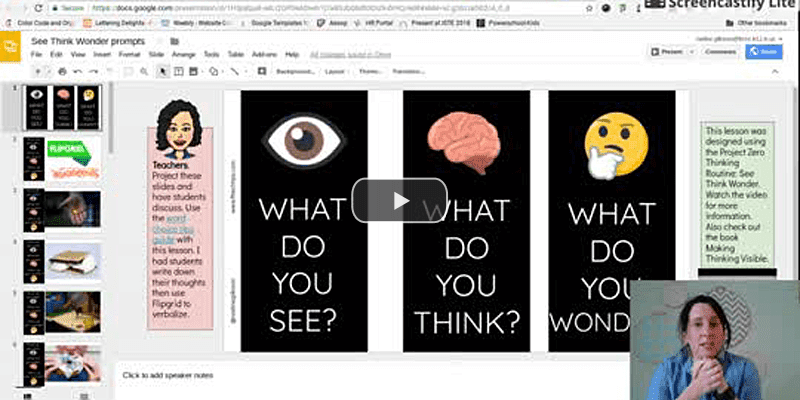Learning Center
writing
Choose high-energy words
may 14, 2008
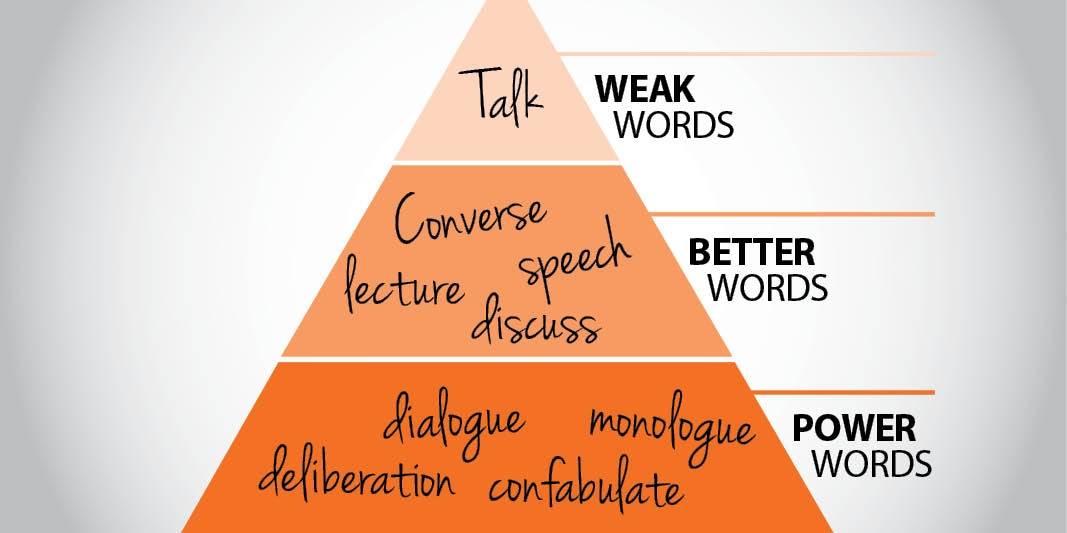
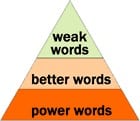
Create word-choice pyramids
Choosing words is kind of like choosing food from the food pyramid; that’s John Stoffel’s (Flint Springs Elementary, Huntington, IN) analogy. Young writers use words from the top of the pyramid like “make,” “said,” “went,” and “happy” out of habit. We get hooked on these words just like we do on potato chips and candy, for example. Neither weak words nor potato chips supply real energy.
In the middle of the pyramid we choose better words, words we need for adding variety. And at the bottom of the pyramid, we put all the power words, words that give us energy. There is a lot of space at the bottom because our writing always has room for specific, descriptive words.
After discussing his food pyramid analogy, John read aloud a poem that had great word choice and synonym variety, especially for the word “talk.” Then he drew a triangle on the board and divided it into three parts, like the food pyramid. The class then revisited the poem and picked apart all the synonyms for “talk” and placed them in the most appropriate section of the pyramid.
The lesson ended with students working to create word choice pyramids for other typical words such as like, make, went, said, hit, mad, sad, and so on.
Write with expert-level details
Often with nonfiction writing, students provide only the predictable and “no duh” details. Here’s an idea spin-off to John Stoffel’s Word Choice Pyramid above—consider utilizing the same analogy when brainstorming details for content-area writing.
If you’ve just studied penguins as a class, then identify the details that everybody already knows (e.g., penguins are black and white). Put those details within the top of the pyramid, to be used infrequently. In the second tier identify the details some people would know (ie: the male penguin sits on the egg waiting for it to hatch). Utilize the third and biggest section of this Detail Pyramid for the interesting and lesser-known information about penguins that the students learned. Describe this section as the details only the experts would know, and thus, a sign of their growing knowledge.


